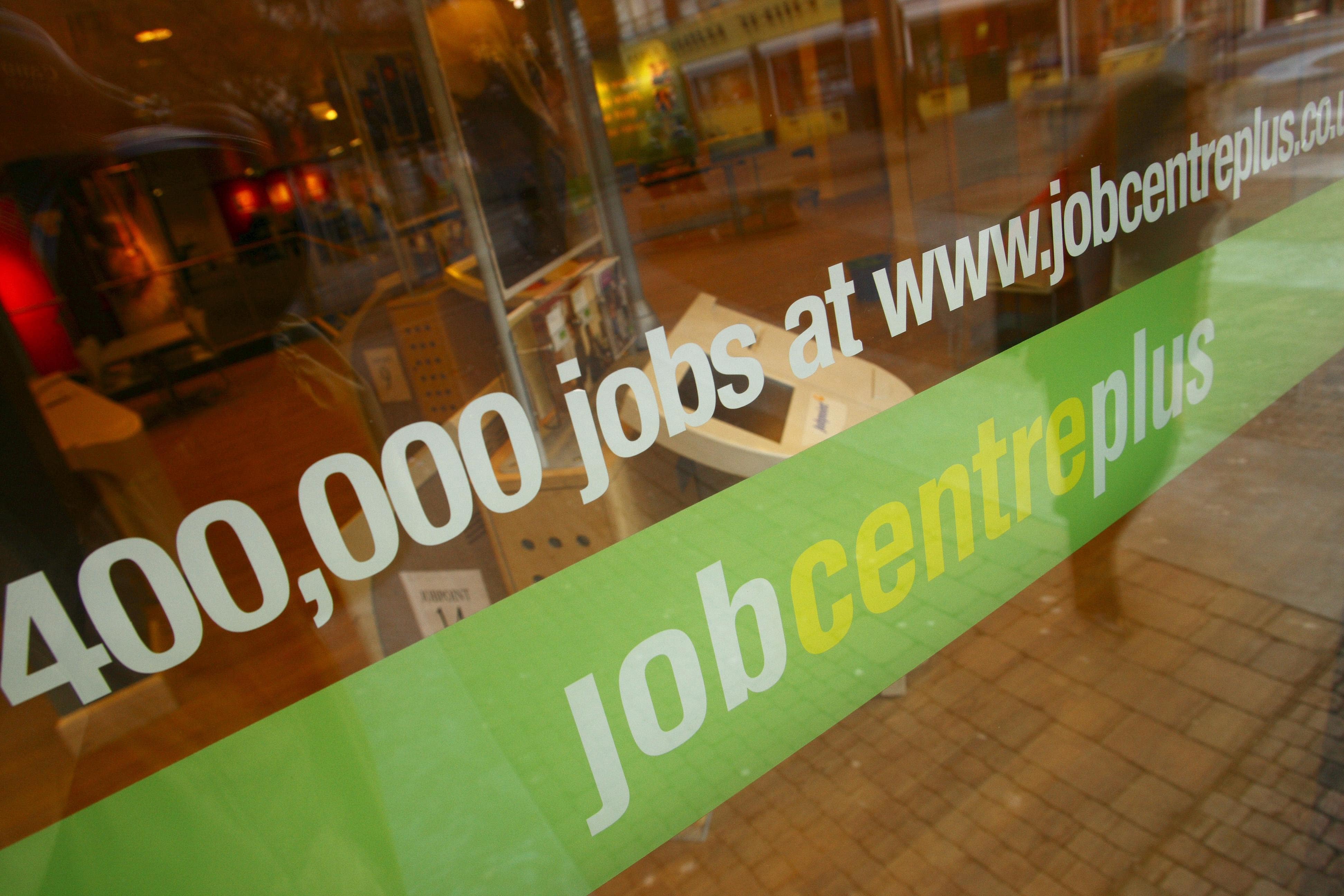As unemployment rises, Labour looks set to crash into a jobs problem. How will it respond?
The latest official figures show unemployment rising and vacancies falling for the 27th consecutive reporting period. It is a warning Keir Starmer would be wise to heed, writes James Moore


Is Labour hurtling towards a jobs problem? The latest official data release does not make for happy reading for our accident-prone government. The rate of unemployment among people aged 16 and above rose to 4.3 per cent over the July to September reporting period. The claimant count, this time for October, meanwhile increased to 1.8 million, a rise on the month and on the year.
The number of vacancies between August and October fell by 35,000 to 831,000. That is the 28th – you read that right – consecutive decline. The Office for National Statistics (ONS) always likes to point out that the number of openings “remain above” the pre-Covid level. But a cursory look at the graphs it produces tells us that it won’t be able to say that for much longer.
A note of caution: there have long been worries about the reliability of the agency’s labour force data, to the extent that the Bank of England’s chief economist wrote to the ONS to criticise its failure since last year to produce reliable figures. Liz McKeown, ONS director of economic statistics, warned that some of the smorgasbord of data the agency coughs up regrettably still has to be treated with “caution” because promised improvements are “still feeding through”.
However, we can be pretty sure that a rising number of unemployed people are chasing fewer and fewer jobs. Regular readers will doubtless have already made the connection: all this comes before the increase in the jobs tax - otherwise known as employers’ national insurance contributions (NICs) – enacted in chancellor Rachel Reeves’s first Budget kicks in.
The increase in the rate employers pay (to 15 per cent from 13.8 per cent) and the reduction in the threshold after which the levy kicks in (from £9,100 to £5,000 a year) will make hiring people appreciably more expensive for employers, in both the public and private sectors. Those with substantial numbers of people on relatively low wages, as I explained in yesterday’s column concerning supermarkets, will be particularly badly hit.
The biggest problem facing employers in recent years has been finding enough people to fill the available roles. For a while, the number of vacancies was actually outstripping the number of unemployed people. This was quite something for those of us who remember the 1980s (dimly in my case – I was still quite young then) when unemployment blew past 3 million.
Even with the steady erosion in the number of vacancies, unemployment remains very low by historic standards. But despite all the government’s rhetoric about wanting to see more older and disabled workers in work, if you are or know someone in one (or both) of these groups you will be well aware that it is getting extremely difficult for them. Worse may be coming. This is something I worry about. It’s something Reeves should also be worrying about. What she did with the Budget could be likened to lobbing a can of petrol on a low flame.
Her rationale was understandable. She needed to raise money and Labour had foolishly promised not to touch the headline rates of income tax, VAT or employee national insurance. Unfortunately, the consequences of her chosen alternative could prove to be very serious indeed.
Declining interest rates could help to cushion the blow. This would reduce (private sector) employers’ financing costs, easing the pressure they are under. Wage rises have certainly continued to moderate; earnings excluding bonuses grew 4.8 per cent in the year to July to Sept 2024, the lowest since Apr to June 2022, when the same figure was 4.7 per cent. This will cheer the rate-setters of the Bank’s Monetary Policy Committee (MPC) if no one else.
But after the Bank cut rates by 0.25 per cent this month, I wouldn’t expect it to follow up in December. There are signs that food price inflation is ticking up. Data company Kantar’s latest survey of the grocery sector put it at 2.3 per cent. The ONS figure for September was 1.9 per cent, up from 1.3 per cent, even as the headline rate of the consumer prices index unexpectedly dipped below the MPC’s 2 per cent target at 1.7 per cent. The committee has repeatedly voiced caution on rate cuts, talking about taking the “gradual” approach it plans to take to loosening monetary policy.
All of this begs the question: How will the government respond if – and when – the pigeons come home to roost? The previous one had a nasty habit of hectoring groups who find obtaining employment tough without doing much to address the problems they face.
There are troubling signs that Labour is minded to continue down this road, even though a sharply rising jobless rate – if that is indeed what we have coming – will be the result of one of its own policies. Such an approach would be shameful.
Join our commenting forum
Join thought-provoking conversations, follow other Independent readers and see their replies
Comments
Bookmark popover
Removed from bookmarks